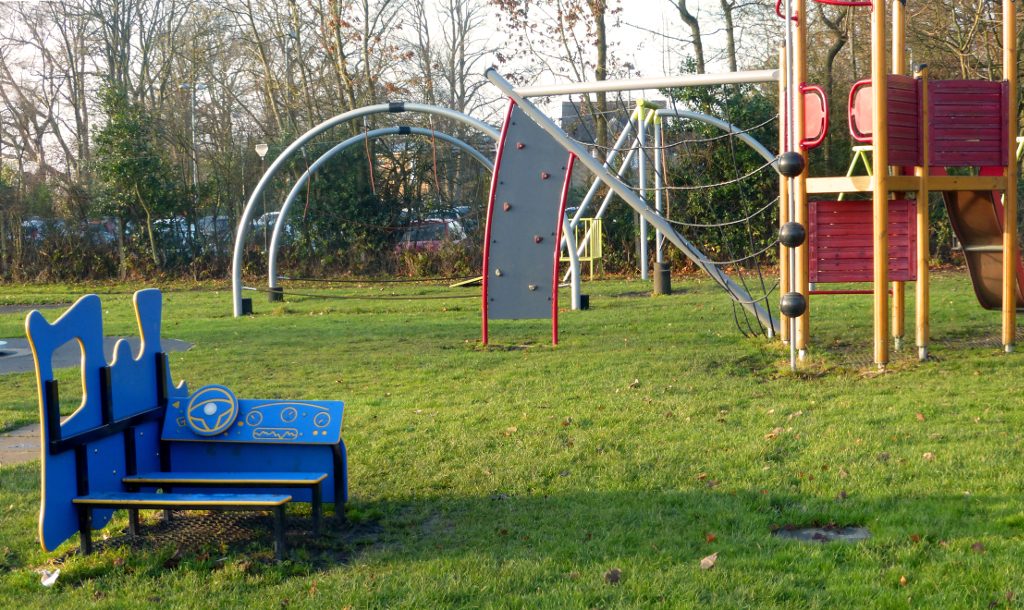Policy C2: Provision of New Community Facilities
Development proposals for the provision of new community facilities, or for extensions to existing facilities, will be supported where it is demonstrated that they:
- are well related to residential areas or local facilities; and
- are of a flexible design which could serve more than one use; and
- would not adversely affect the amenity of occupiers of nearby or adjoining land or property; and
- provide appropriate access for people with disabilities; and
- provide space for vehicles to set down / pick up passengers and to unload / load equipment.
Policy C3: Protection of an Existing Community Facility
Development proposals which would result in the loss of an existing community facility will not be permitted unless it has been demonstrated that:
- the facility is no longer financially viable; or
- there is no significant demand for the facility within that locality.
In each case the applicant must also demonstrate that an equivalent alternative facility is available nearby to satisfy the needs of the local community.
4.289 Community facilities are facilities and uses generally available to and used by the local community at large for the purposes of leisure, social interaction, health and well-being or learning. This will include, but not be confined to, community centres, historic and community public houses, premises for indoor and outdoor sport, leisure and cultural centres, places of worship, doctor’s surgeries/ health centres, toilets, crèches, playgroups, youth clubs, libraries, schools, museums and art galleries, and other training and educational facilities.
4.290 For Policy C2, because of the importance of such facilities to community wellbeing it is particularly important that other relevant policies in the Neighbourhood Plan are adhered to, such as the use of design sympathetic to the character of the area, accessibility to users of all modes of travel including public transport, cycling and walking, and access to nearby car parking provision.
4.291 For Policy C3, all routes to secure funding support / community takeover of the building should be explored before it is declared redundant. (See also relevant initiatives in the companion document ‘Looking Forwards: Durham as a Creative and Sustainable City’.)
4.292 One example of a much needed community facility in Our Neighbourhood is a city centre hub. Initially perhaps integrated into an existing facility, it would be the focal point for the whole community, including permanent residents, students and visitors. Such a facility would include an information sharing function, signposting residents and visitors to what the City has to offer, including attractions, events, courses, independent shops, creative workshops and services from statutory bodies.
4.293 In addition the city centre hub would provide meeting rooms to help form new support networks and to provide a place where people “can come together and address the issues that matter most to them” (Locality, 2016, p.5). This is covered in more detail in the companion document ‘Looking Forwards: Durham as a Creative and Sustainable City’.
4.294 The community engagement vision described in the companion document suggests how partnership working between residents and local organisations could develop and improve the provision of community facilities and services through collaboration and innovation. The companion document lists a large number of initiatives that cover the issues identified by local residents as needing action, and lists the wide range of organisations and stakeholders that could implement such initiatives.
Justification for Policies C2 and C3
4.295 The justification for the provision of sports facilities is given in Theme 2b: A Beautiful and Historic City – Green Infrastructure (para. 4.89 and 4.90).
4.296 The NPPF (para. 92) recognises the importance of planning system positively for the provision and use of shared spaces, community facilities and other local services.
4.297 Between 2014 and 2016 the Department for Communities and Local Government working together with ‘Locality’ and partners, funded a project named ‘Our Place’. At the heart of the Project was the development of community hubs:
where different local partners in a neighbourhood can come together and address the issues that matter most to them. Community hubs can therefore support a neighbourhood focussed community-led approach. (Locality, 2016, p.5)
4.298 In the priority survey and associated Town Hall open events (Durham City Planning Forum, 2015) there was a huge response for the need for a central facility for sharing local information and for the provision of meeting rooms. This suggestion also received much support in the 2017 Pre-Submission consultation. For example, the Durham Pointers committee wrote:
The proposed central hub offers the potential to provide a much needed central information point which could hold and disseminate information on local county attractions and community events. We believe any such provision should embrace all modern media methods for the distribution of information but should also be a place for face-to-face encounters.
4.299 The Forum acknowledges the work of the Visit County Durham strategy and associated websites which cover events across County Durham, including festivals and events at the main tourist spots in the City. Durham University, the Cathedral, the Gala and other smaller organisations advertise events on websites. Information for residents and tourists is also scattered in physical locations around the City. The information sharing function in the city centre hub would not replicate the function of Visit Durham but complement it by providing a truly local service, where local organisers can contribute. This will support the viability of small scale providers, as well as contribute to the local economy.
Next section: Policy C4: Health Care and Social Care Facilities


